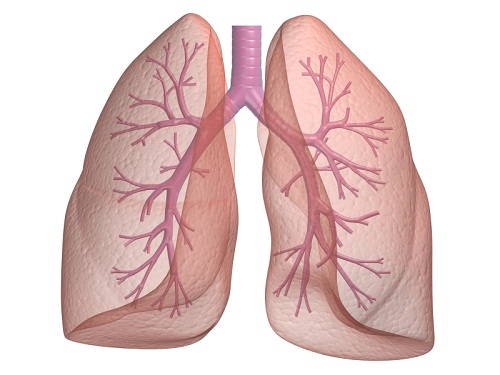Persons living with chronic lung disease need to know their lungs as well as other people know their hands or feet.
The chronic respiratory illness COPD causes a number of serious symptoms that make everyday life very difficult. Such symptoms are difficult breathing, breathlessness and choking coughing by which the ill person tries to get rid of the secretion that is produced in the airways. Medical care is indispensable; at the same time, it’s good to know that besides taking medicine, the symptoms can be alleviated and the patients’ state can be ameliorated with other methods. If persons suffering from this disease learn these methods called physical therapy, and use them regularly, they will actively work on alleviating symptoms, and will become their doctor’s partners rather than passive sufferers.
Some of the procedures of physical therapy may need to be taught by health care practitioners such as physiotherapists or experienced medical assistants. However, once learned, most methods can be practiced at home.
Chest Physical therapy
The techniques described below serve in freeing airways and getting rid of the accumulated secretions. They can be learned with the aid of a physiotherapist or a doctor. In some parts of the practice body positions are used to eliminate secretions from the lungs with the aid of gravity. Another type of practice is tapping, shaking and vibrating the chest to loosen secretions that have accumulated in the large lung airways. This special procedure is performed with closed fingers, concave palms and loosely held wrists. Special tools used in chest physical therapy are the Flutter and PEP masks. When using these, the patient exhales against a resisting force, thus the obstruction of the airways is reduced.
Guided coughing serves the same purpose: after a deeper than normal inhalation, the speed of air forced out by coughing has a shaving effect, removing secretion from the wall of the mucus lining the airways.
A forced exhaling technique may also help; this technique consists of 1-2 bouts of sudden, fast exhaling with an open larynx, using abdominal pressure. This method is less tiring than forced coughing and it rarely produces bronchial spasms, as dynamic air pressure is weaker. This method is recommended for those who are not capable to cough strongly enough.

